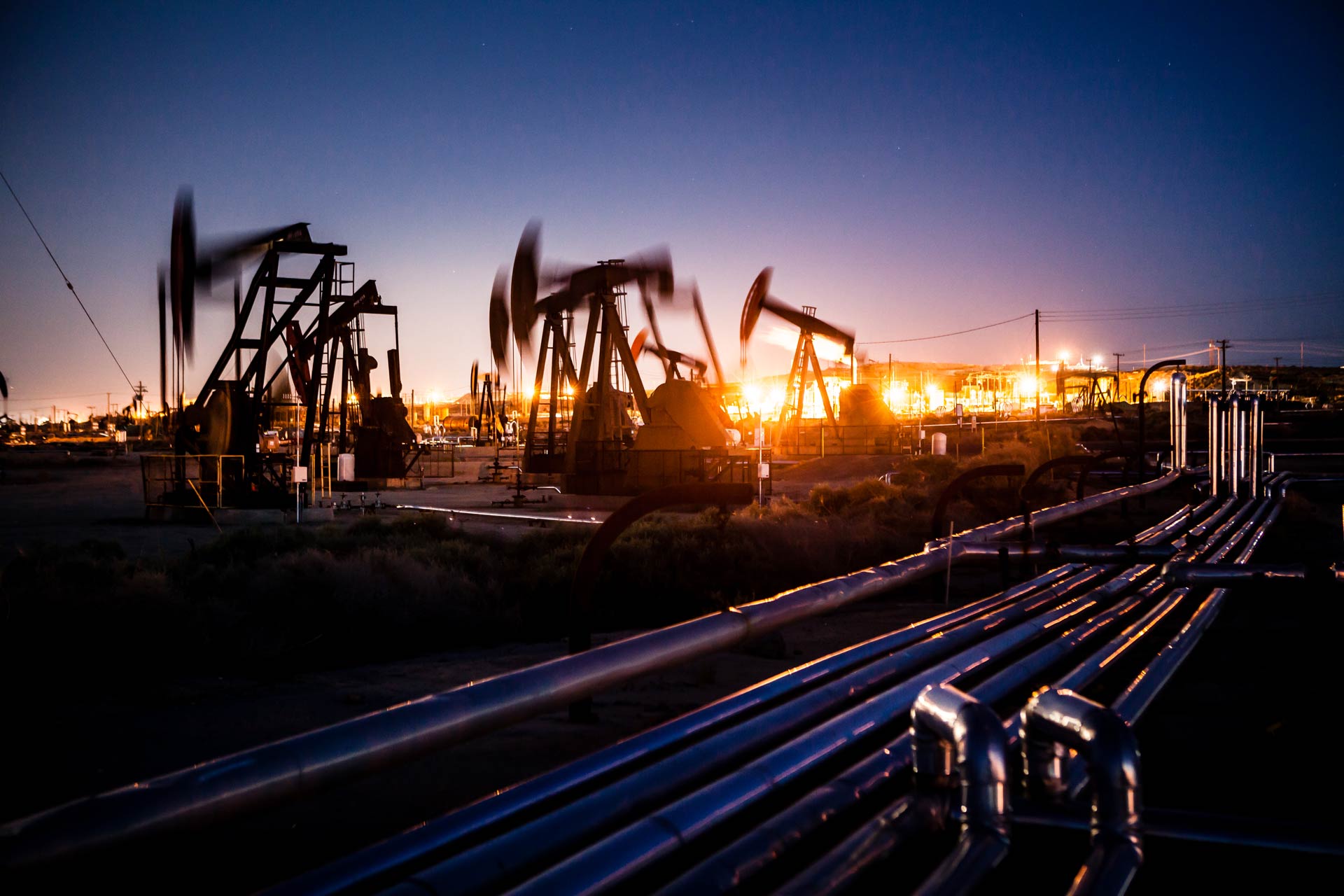Global
Technology
Conference
The annual Global Technology Conference (GTC) is organised as a part of LPG Week. The primary aim of GTC is to showcase the most innovative and original technological ideas from around the world and create new opportunities for the LPG industry.
It brings the LPG industry together, represented by all its stakeholders, from research entities to academic partners, LPG producing companies to equipment manufacturers, LPG distributers as well as the total supply distribution chain and beyond it.
GTC2022 was held as part of LPG Week in New Delhi on November 15th.
WLPGA Global Technology Conference (GTC2022)
Increasing Global Market Opportunities for LPG
The Industry’s 15th Global Technology Conference took place on 15th November 2022 during LPG Week 2022. Discover the Flyer for the GTC2022 here.

Key Dates
14th March 2022:
Call for Abstracts
11th August 2022:
Submission of Abstract
16th September 2022:
Acceptance/Rejection of Abstract
21ST October 2022:
Submission of PowerPoint Presentation
15th NOVEMBER 2022:
Presentation at GTC2022

GTC Innovation Award
Dimeta won the prestigious 2022 Innovation Award at GTC2022 during LPG Week in New Delhi with their paper: ‘Innovation in the Development of DME Demonstration and the first Commercial Plant’. The Runner-up was SHV Energy for their paper ‘On-purpose Renewable LPG production, Part 2: Project KatJa!’.
A total of five awards were given, with the awards in the other categories as below:
- Renewables: Oberon Fuels for ‘Growing the LPG Industry with rDME to Hydrogen Reforming’
- Safety: Aygaz for ‘GreenOdor (a sulphur free additive for LPG)’
- Operations & Distribution: Anova for ‘Applying Artificial Intelligence in Optimising LPG Industry Operations’
- Consumer: IGT-LPG for ‘IGT Smart Control’
- Applications: G-volution for ‘Development and demonstration of dual fuel diesel and bioLPG/rLPG locomotives’
Congratulations to all winners and special thanks to all competitors!
FOR ANY ADDITIONAL INFORMATION CONTACT
selected abstracts 2022 for LPG Week
On-purpose Renewable LPG production, Part 2: Project KatJa!
SHVE has developed a proprietary catalytic system producing on-purpose BioLPG from Ethanol which addresses short-comings and offers a solution for global large scale BioLPG production. With appropriate process conditions, together with our novel catalyst shift the product hydrocarbon selectivity 2:1 in favour of LPG over C6+ hydrocarbons with 100% conversion. Selectivity to ethene allows industrially relevant lifetimes to be achieved. Reusability of the novel catalyst showied little or no loss of catalytic activity with original selectivity retained upon regeneration. Selectivity predominantly in favour of alkane (as opposed to olefin) can be achieved, negating or reducing the need to perform an (expensive) hydrogenation step with a precious metal catalyst.
Keith Simmons, SHV Energy
Innovation in the development of DME demonstration and first commercial plant
This presentation highlights innovations in the development of commercial-scale rDME production. A 4.5MT/day demonstration-scale rDME production plant is in final stages of construction in the UK. This uses the syngas from an advanced gasification plant that has been operating for several years, combined with an innovative direct syngas to DME production process. Circular Fuels Limited, a JV with KEW Technology and Dimeta, is now developing a commercial-scale 50kMT/year rDME production plant in Teesworks, UK. rDME produced in the plant is expected to have an average GHG reduction of around 70%, which could be significantly lower in the future via connection to the planned Teesside carbon sequestration infrastructure.
Søren Jacobsen, Dimeta , Circular Fuels Limited
GreenOdor
LPG is odourless in its natural form and a sulphur containing additive is normally used in order to detect any gas leakages. As a result the sulphur content of LPG is increased by around 15 ppm. Increasing the sulphur content negatively affects health and environment. Aygaz undertook a project to develop a sulphur-free odourant named “GreenOdor”. We have been using GreenOdor in our storage and filling facilities for the past year. GreenOdor is the first sulphure free odourant to be used on an industrial scale. Having achieved satisfactory results with LPG odourisation, we are now planning to extend the utilisation of GreenOdor, or its derivatives, to natural gas, rDME and rLPG.
Burak Yaman
Leak testing equipment
Aumatech has created new equipment which performs the leak test of LPG composite pressure vessels (CPV Type 4) with increased safety and lower cost. The adoption of ultrasonic bubble detection technology is both faster and more accurate than commonly used methods.The equipment is designed to test multiple vessels simultaneously. It keeps the vessels submerged in water in the appropriate position after degassing. The ultrasonic system scans to detect and localise microscopic air bubbles, identifying any the leakage to a single specific vessel. By running leak tests with this technology, industry gains higher levels of quality, which leads to increased safety standards of vessels together with reduced operational costs.
Piergiorgio Gigli, Aumatech
Gas usage optimization with IGT Smart Control
An LPG control system that enables smart usage, saving 3-13% of LPG and CO2. This is achieved with two main products, with several add-on versions and features. (i) IGT Smart changeover valve (patent pending) balances usage between cylinders and works as a safety shut off if leakage is detected. Balancing the usage between the gas cylinders allows 100% emptying. (ii) IGT Smart Regulator (patent pending) measures and adjusts the LPG outlet pressure dynamically to ensure constant and stable inlet pressure to the gas appliance. It overcomes known pressure drop from pipe, altitude and low inlet pressure. The result is cleaner and better combustion, with decreased LPG usage and CO2 emission. SMART gas leakage shut off, as well as SMART OPSO and UPSO functions.
Tom Lundquist, Integrated Gas Technologies
Smart Multi Gas Meter
The smart Multi Gas Meter (MGM) is an innovative solution for high density population cities that allows a smart gas metering for multiple apartments by only one meter with multi output channels without affecting the performance. The MGM is designed with only 1 inlet and 4 independently measurement outlet channels with valve; this innovative solution offers a sensible risk reduction relative to the potential leak at the point of installation and remarkable space and cost reduction.
Ms Nicola Canella, HITEKS
Ms Dinesh Bhutada, Skylark Smartmeters Pvt Ltd
Development and demonstration of dual fuel diesel & BioLPG/rLPG locomotives
Dual fuel engines use diesel (or a diesel like fuel) alongside a second fuel e.g. LPG or rLPG / biopropane. G-volution presents our three dual fuel locomotive designs which see locomotives repowered with new dual fuel engines using diesel and LPG or renewable LPG. Existing locomotive assets can be evolved to move away from using fossil fuel diesel and instead adopt lower carbon emission LPG or renewable LPG. The reuse, evolution and repower of existing assets offers a practical way to transition to adopting lower carbon and net zero carbon fuels and expands the use of LPG/rLPG fuel and it’s infrastructure. Our work shows how internal combustion engines can evolve to use new fuels and transition from using fossil fuels.
Shimon Shapiro, G-volution
Value addition of Liquified petroleum gas (LPG) by Nano intervention: Rise of new horizon in Indian oil business
Through the addition of nanoparticles, the flame temperature of LPG has been enhanced significantly (at least 400 deg C) making it suitable for metal cutting applications. This provides advantages with 15-30% less consumption of gas in comparison to commercially available LPG based metal cutting gas and allowing cutting with greater thickness of mild steel plates (< 400 mm) with a better finish. The use of the nano additised LPG has also been studied to enhance combustion efficiency providing at least 5% saving in gas consumption and 18% reduction in cooking time. This new generation additive has been formulated for the value addition of propane. All the additives have been tested for toxicology and found to be safe.
Dr. Jyotiranjan Ota, IOC
Growing the LPG Industry with rDME to Hydrogen Reforming
The H2 storage and transportation options are expensive, complicated, and slowing market adoption. The LPG industry’s established, robust, and cost-effective infrastructure can solve this problem with renewable dimethyl ether (rDME). As part of the US Department of Energy’s H2@Scale program, Oberon Fuels and Los Alamos National Laboratory are designing and building an rDME to H2 reformer to commercially produce up to 500 kg/day of H2. In parallel, Oberon Fuels is also commercializing a 1000 kg/day H2 reformer. rDME is an effective hydrogen carrier that can be easily handled by the global LPG industry so the LPG industry can now offer sustainable production and distribution. The LPG industry can now enter sustainable energy markets.
Cinch Munson, Oberon Fuels
Combustion performance of rDME and rDME/LPG blend in home appliances – review of the research status
To aid the acceleration of the use of renewable and recycled carbon Dimethyl Ether (rDME) by the LPG industry, multiple theoretical and experimental investigations into safety, technical, operational, and environmental aspects of DME and DME/LPG blends have been undertaken. This paper provides a comprehensive and up to date review of the combustion performance of rDME and its blends with LPGs. The first section reviews the fundamental combustion principles, and how these are linked to the safety and operational requirements of appliances. The second part reviews the regulatory requirements, and highlights the research & innovation needed to accelerate the deployment of the renewable fuel.
Ruoyang Yuan, Dimeta B.V., The University of Sheffield
Applying Artificial Intelligence in Optimizing LPG Industry Operations
Utilising artificial intelligence, Anova’s Advanced Forecasting solutions provide forecasts at least 10% more accurate than traditional weather-based software methods, such as K-Factor analysis. Advanced algorithms learn from every collected data point across a tank population, providing more accurate forecasts and recommended delivery dates. Virtual tank-level forecasting, consumption analysis, and peak- shaving are the key applications of Anova’s new technology, facilitating deliveries at a non-peak times to better meet Summer allocation requirements and acquiring product at less cost. Every data point from a tank monitor and its deliveries serves to improve forecasting accuracy, for that tank and others.
Daniel Libralato, Anova